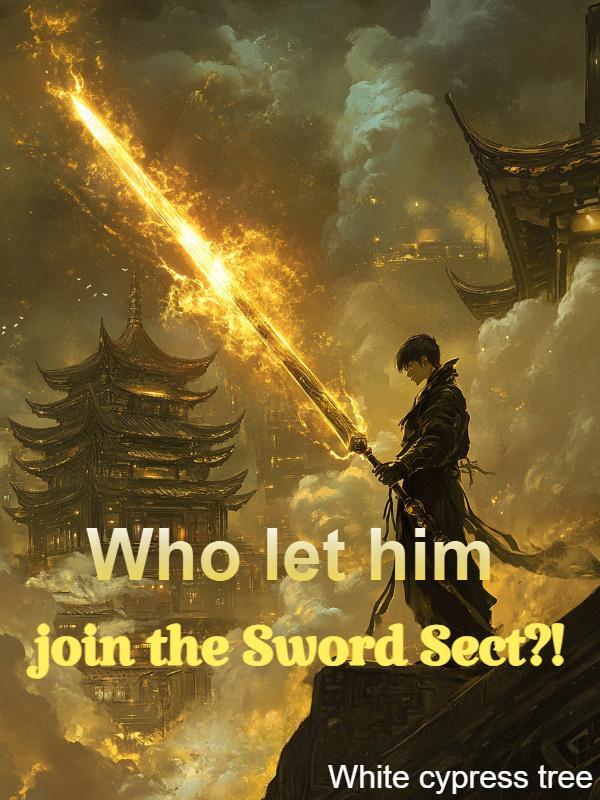©Novel Buddy
Otaku Witch-Chapter 622 - 455. Magic and Technology
"Magic Guided Technology? Little Fairy, are you talking about those toy-like technologies created by the Moon Rabbit Race?"
As an expert in Alchemy, Senior Mia was not unfamiliar with the term Magic Guided Technology, yet in her mind, it had always been nothing more than a plaything.
In the many worlds of the Western Universe, there are not only magical civilizations but also technological ones, such as the Moon Rabbit Race, which is indeed a technological civilization.
However, nowadays, the four great Calamities standing at the pinnacle of the universe are all magical civilizations, which illustrates the awkward situation of these technological civilizations.
Currently, the pinnacle of these technological civilizations is at the level of top Silver Species like the Moon Rabbit Race. Considered powerful within the universe as a whole, this technology is merely trivial, mere toys in the eyes of races like the witches who are Calamities.
"Little Fairy, although following the path of technological development is indeed a solution when we can't obtain the Witch's Power, the path of technology is inherently subordinate to the Path of Omniscience and requires too much knowledge. In the short term, it's impossible for us to establish a complete technological system from scratch."
Senior Mia was clearly knowledgeable and she pinpointed the inadequacy of the technological path.
This chapt𝓮r is updat𝒆d by ƒreeωebnovel.ƈom.
Generally speaking, magic and technology are in opposition, originating from their differing ideologies.
The power of magic originates from the mind, with mages almost all being idealists who believe that all great powers ultimately stem from oneself, aiming essentially at the Omnipotent Realm.
On the other hand, the foundation of technology is knowledge, with most scientists being materialists who prioritize logic and laws, and are good at utilizing external objects, leading essentially to the Omniscient Realm.
These are the normal development paths for magical and technological civilizations—one aiming for omnipotence and the other for omniscience, yet they ultimately converge.
A highly developed magical civilization might appear to be a science fiction world, while many facets of a highly evolved technological civilization seem magical to mere mortals.
But the witches are clearly anomalies, opting to pursue everything.
They strive to excel in both areas.
Both the Path of Omniscience and the Path of Omnipotence exist in the Witch World. Frankly, the witches on the Path of Omnipotence are the true witches, whereas the witches on the Path of Omniscience are more like scientists in mage's clothing.
However, since the witches transitioned from a highly advanced magical civilization, even though the witches on the Path of Omniscience are essentially scientists, this group never contemplates developing technology but rather invests all their research outcomes into improving the efficiency and potency of magic.
Indeed, the crowning achievements of normal technological civilization's great scientists are various inventions, but the proud creations of the Omniscient Witches are all various intricately improved spell models.
The reason for this difference is just like the Omniscient Witches secretly envying the innate talent of the Witches on the Path of Omnipotence. Who the heck originally wanted to follow the Path of Omniscience? It's only because they lacked the talent to pursue the Path of Omnipotence and thus opted for the Path of Omniscience with a lower threshold, hoping to compensate for the lack of talent with knowledge.
This holds true for technological civilizations as well. The starting point for these civilizations is usually mortal civilizations without magical talent. Unable to become mages and wield magic as a supernatural power, they rely on their intellect to create inventions that improve their lives.
After all, if everyone was born capable of flying, what would be the point of inventing the airplane?
Because the scientists in a technological civilization are not naturally capable of flight, they used their intelligence to invent tools like airplanes.
But the witches can truly fly.
Even though the Witches following the Path of Omniscience are considered laggards with "average aptitude," they are still superhuman compared to mortals. Hence, the "technology" they develop later is naturally suitable for superhumans, not for mortals.
In another sense, the spell models improved by these Omniscient Witches could actually be considered "Witch Technology."
Or in other words, the "Witch Technology" mastered by the Omniscient Witches is simply too advanced, far ahead by several versions, representing the late-stage technology of a technological civilization.
After all, with the advancement of technology, special techniques such as biological modification and genetic evolution can allow mortals to evolve and acquire supernatural powers.
Though technological civilizations tend to arrogantly refer to such evolved individuals as "Superpower Users," essentially these evolved beings have just acquired the ability to control magic.
However, different individuals have mastery over different types of magic, thus leading to various ability differences.
For example, individuals who have mastered Life Magic Power have strong physical capabilities and are combat-oriented superpower users, while those who have mastered Elemental Magic Power can manipulate elements like water and fire and are Elemental Superpower Users and so forth.
The abilities of "Superpower Users" need to be developed to become strong, and this development typically requires something called a Superpower Program. Mages generally refer to similar things as Spell Models.
See, isn't that ultimately converging in the same direction?
Of course, Superpower Programs and Spell Models look similar on the surface, but they are still not exactly the same. After all, one's core remains idealistic while the other's remains materialistic, and the two can't be completely compatible, though they may reference and learn from each other's approach.







